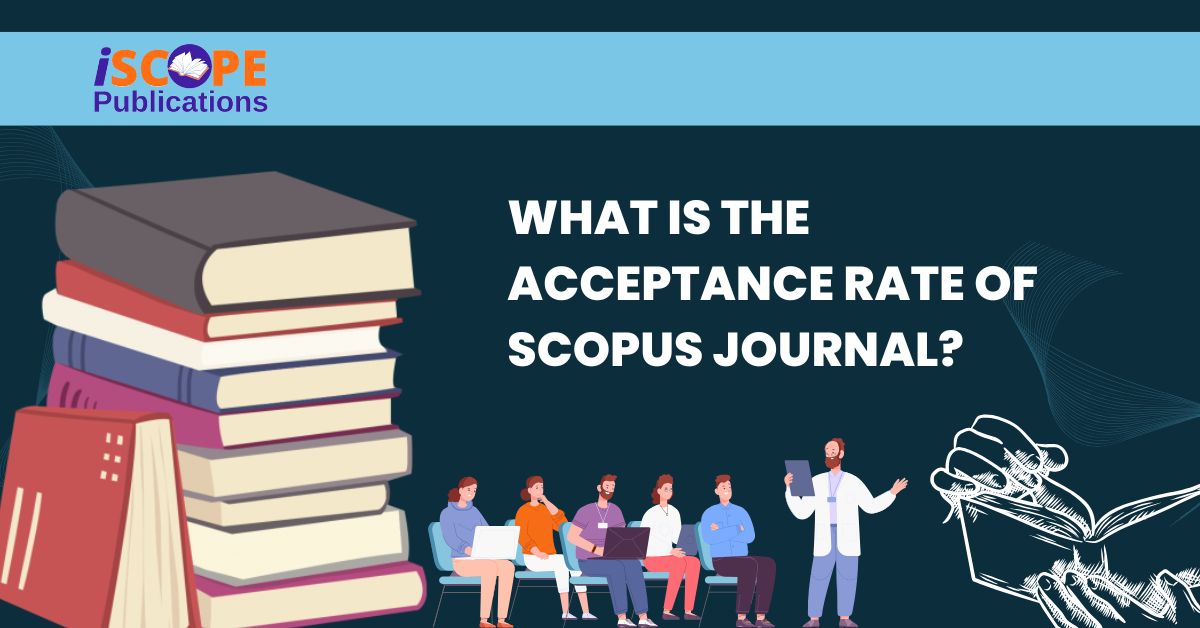Publishing a research article in a reputable journal is a significant milestone in any academic or professional career. First-time author or a seasoned researcher, understanding the process of crafting a high-quality research paper can greatly improve your chances of acceptance. Each phase of writing a research article for a journal, from idea to publication.

What is a Research Article?
Research article is a scholarly paper that presents original research findings, discusses methodology, analyzes data, and contributes new insights to a specific academic field. These articles undergo peer review and are published in academic journals.
Key Characteristics of a Research Article:
- Peer-reviewed for quality and accuracy
- Original contribution to knowledge
- Systematic methodology
- Evidence-based arguments
- Rigid formatting and referencing
Structure of a Journal Article
Most academic journals follow a standard format often referred to as IMRaD:
- I – Introduction
- M – Methodology
- R – Results
- D – Discussion
In addition, the paper includes:
- Title
- Abstract
- Keywords
- Conclusion
- References
- Acknowledgments (if any)
Each of these sections has a specific role in presenting your research clearly and concisely.
Step-by-Step Guide to Writing a Research Article
Let’s break down the process of writing a research article into actionable steps:
Choosing a Topic
Choosing the right topic is the foundation of a strong research article.
Consider the following:
- Is the topic novel, relevant, and specific?
- Does it align with your field of expertise or interest?
- Is there enough existing literature to support your research?
Tip: Select a niche topic that solves a real-world problem or addresses a gap in the existing research.
Conducting a Literature Review
The literature review shows that you understand the current research landscape.
How to perform a literature review:
- Use academic databases: Google Scholar, Scopus, JSTOR, PubMed
- Identify key studies and theories
- Organize findings thematically or chronologically
- Highlight gaps in research
Tip: Keep track of all references with tools like Zotero, Mendeley, or EndNote.
Formulating Research Questions or Hypotheses
Your entire paper revolves around a clear research question or hypothesis.
Examples:
- Research Question: What are the effects of AI on employee productivity?
- Hypothesis: Employees using AI-assisted tools will show higher productivity levels.
Tip: A good research question is focused, researchable, and significant.
Research Design and Methodology
This section outlines how you will conduct the research.
Components:
- Research type: Qualitative, quantitative, or mixed-method
- Data collection: Surveys, interviews, experiments
- Sampling method
- Tools and instruments used
- Ethical considerations
Tip: Always mention IRB approval if dealing with human subjects.
Data Collection and Analysis
Once your methodology is clear, start collecting and analyzing data.
Data analysis methods:
- Quantitative: Statistical analysis using tools like SPSS, R, or Excel
- Qualitative: Thematic analysis, content analysis, coding with NVivo or manual methods
Tip: Be transparent—explain how you handled missing data, outliers, or bias.
Writing the Paper (Section-by-Section)
Let’s break down how to write each section:
a. Title
- Concise, descriptive, and keyword-rich
- Avoid jargon
- Example: “Impact of Remote Work on Software Developers’ Productivity during COVID-19”
b. Abstract
- 150–250 words
- Include background, objectives, methods, findings, and conclusion
- Write this last
c. Introduction
- Background information
- Review of literature
- Research question or hypothesis
- Significance of study
d. Methodology
- Detailed enough to replicate
- Include design, instruments, sampling, and data analysis methods
e. Results
- Present findings without interpretation
- Use tables, charts, and figures
- Report statistical values (mean, SD, p-value)
f. Discussion
- Interpret findings
- Compare with existing literature
- Highlight implications
- Discuss limitations
g. Conclusion
- Summarize key findings
- Address research question
- Suggest future directions
h. References
- Follow the citation style (APA, MLA, Chicago, IEEE)
- Include every source cited in the text
i. Acknowledgments
- Optional
- Mention funding bodies, contributors, or institutions
Referencing and Citations
Plagiarism can ruin your reputation and get your paper rejected. Cite everything correctly.
- Use in-text citations and a reference list
- Check for self-plagiarism and duplicate content
Tip: Use plagiarism checkers like Turnitin or Grammarly Premium
electing the Right Journal
Submitting to the wrong journal can waste months. Carefully choose the journal that fits your scope.
How to choose:
- Read the aims and scope
- Check impact factor and acceptance rate
- Review their submission guidelines
Tip: Use databases like Elsevier Journal Finder, Springer Journal Suggester, or Scopus.
Manuscript Formatting and Submission
Each journal has its own format requirements.
Checklist:
- Font type, size, spacing
- Citation style
- Figures and tables labeled correctly
- Cover letter included
- Keywords provided
Tip: Double-check with the journal’s author submission guide.
Handling Revisions and Feedback
Rejection is normal—don’t get discouraged.
- If minor revisions are requested, respond promptly
- For major revisions, take your time, rework, and resubmit
- Write a response letter addressing each reviewer comment professionally
Tip: Never argue with reviewers. Instead, thank them for their insights.
Common Mistakes to Avoid
- Submitting to the wrong journal
- Poor grammar and spelling
- Incomplete literature review
- Lack of clarity in methods or results
- Weak conclusion
- Ignoring journal guidelines
- Overlooking ethical concerns
Tips for Successful Publication
- Start early: Writing a research article takes time
- Read other papers: Understand how published articles are structured
- Collaborate: Work with co-authors for better ideas and division of tasks
- Get feedback: Share your draft with peers, mentors, or editors
- Attend workshops: Many universities offer academic writing sessions
- Stay ethical: Avoid fake data, plagiarism, or duplicate submissions
Writing a research article for a journal is both an art and a science. While the process can seem overwhelming, following a structured approach will make your journey smoother. From selecting a strong topic to navigating peer review, each step builds upon the last.
Well-written article doesn’t just share data—it tells a story, contributes to global knowledge, and establishes your credibility as a researcher.
Take your time, revise thoroughly, and never stop learning. With patience and persistence, your work will find its way into the pages of a respected journal.
FAQs
1. What is a research article in a journal?
A research article is a scholarly paper published in a peer-reviewed journal that presents original findings, data analysis, or theoretical contributions on a specific academic topic.
2. How do I write a research article for a journal?
To write a research article, follow these key steps: choose a topic, conduct literature review, form a hypothesis, collect data, analyze results, and format the paper according to the journal’s guidelines.
3. What is the structure of a research journal article?
The standard structure includes:
- Title
- Abstract
- Introduction
- Methodology
- Results
- Discussion
- Conclusion
- References
4. How do I submit a research article to a journal?
Choose a relevant journal, format your article according to their submission guidelines, and submit through their online portal or email. Most journals require peer-review before acceptance.
5. What is the difference between a journal article and a research paper?
A research paper is a broad term for any academic writing based on research, while a journal article specifically refers to a research paper published in an academic journal.
6. How do I choose the right journal for my research article?
Consider your article’s subject area, target audience, journal reputation, indexing (Scopus, PubMed, etc.), impact factor, and open access options.
7. How long does it take for a journal to publish a research article?
Publication timelines vary but usually range from 2 to 6 months, depending on peer review, revisions, and editorial schedules.
8. Do I need to pay to publish a research article in a journal?
Some journals are open access and charge article processing fees (APCs), while others are subscription-based and may not charge authors.
9. What is peer review in research article publishing?
Peer review is a process where experts evaluate your article’s quality, accuracy, and relevance before it’s accepted for publication.
10. Can I publish a research article without a PhD?
Yes, anyone with original, high-quality research can publish a journal article—even undergraduates or master’s students—if the content meets scholarly standards.



